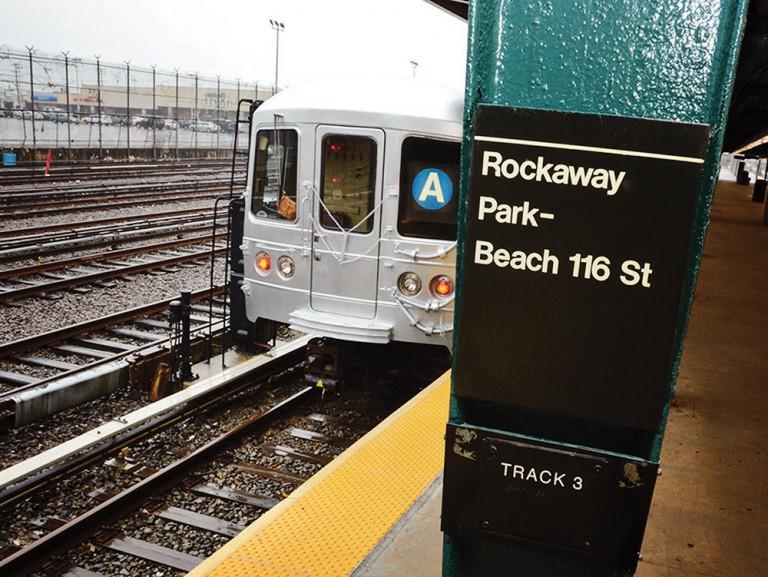By Forum Staff
In a turnaround from the fiscal crisis it faced a year ago, the Metropolitan Transportation Authority today stands on firmer financial ground, largely because the state budget provided dedicated sources of revenue to close projected budget gaps, according to State Comptroller Tom DiNapoli’s annual report on the MTA’s fiscal outlook. With this improved financial picture, the burden is now on the MTA to improve the region’s transit system and win riders back, while keeping its budget balanced, DiNapoli’s analysis concludes.
At the start of 2023, the MTA faced a $600 million budget shortfall for the year with gaps of more than $1 billion in 2024 that could have ballooned to $1.6 billion in 2026. With new funds made available by the state and city, particularly the addition of over $1 billion annually from an increase in the Payroll Mobility Tax on large New York City employers, the MTA has balanced budgets throughout its five-year financial plan through 2027.
MTA projects its overall revenue will increase by 4.4% annually over the five-year plan, largely fueled by rising tax revenue, which the MTA expects will increase an average of 6.6% annually.
Dedicated state taxes provide more than 44% of MTA’s revenue in 2024, up from 37% in 2019, making up for the drop in ridership revenue brought on by the pandemic. Fares (26%) and tolls (13%) will combine to make up 39% of the MTA’s revenue in 2024, well below 2019 when they brought in more than half of the total.
Farebox revenue exceeded the MTA’s expectations by $36 million through August, fueled by ridership gains which could provide budget relief if the trend continues.
MTA’s increased spending, rising an average of 4% annually from 2023 through 2027 is partially driven by an 8% increase in health and welfare costs for active employees and retirees. As in past years, personnel costs, including payroll, health, and other benefit costs, are the greatest expense, comprising 60% of the MTA’s 2024 spending.
The greatest potential fiscal risk to the MTA would be a recession that the MTA estimates could reduce its dedicated tax revenue by anywhere from $250 million to $750 million a year and reduce ridership. MTA is also relying on revenue from planned downstate casinos to provide $500 million in each of 2026 and 2027. Any delay in the casinos’ approval could throw the Authority’s budget off-track.
In addition to the risks that the MTA has identified, OSC projects that other risks could increase the MTA’s budget gaps by as much as $594 million in 2027. For example, the MTA has yet to identify how it will achieve all of the $500 million in annual savings by 2025 that is built into its budget. DiNapoli’s report urges MTA to finalize those savings plans before the end of 2023 and explain to riders what impact the savings may have on service.
Overtime costs in 2023 will likely be $200 million higher than planned, with the risk declining to $75 million above the MTA’s projections in 2027. Potentially offsetting this cost over the plan period is the hiring of operational and maintenance positions, which has exceeded separations in 20 of the last 25 months.

